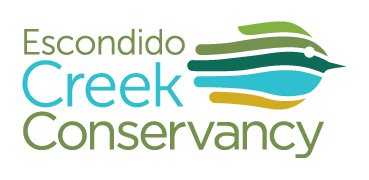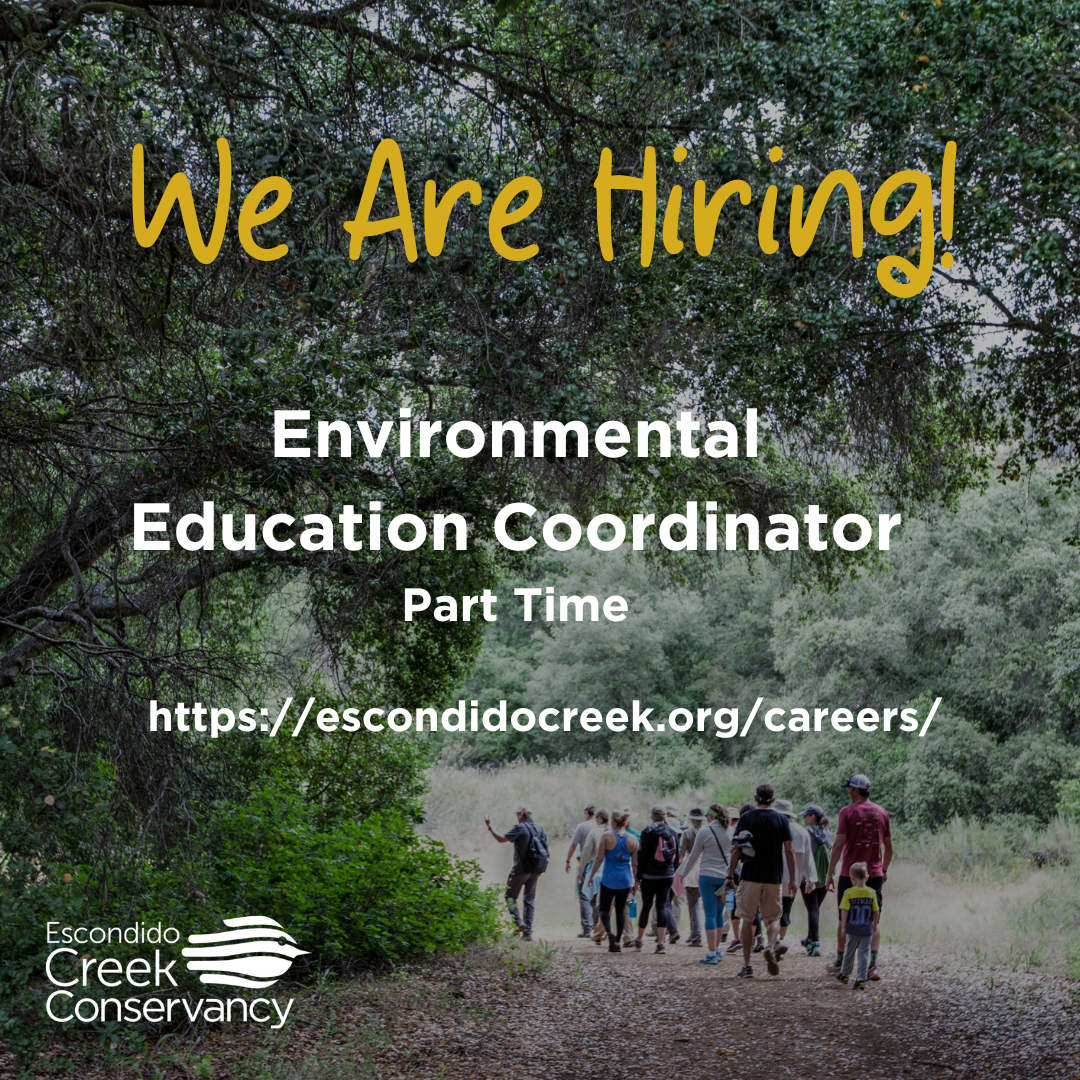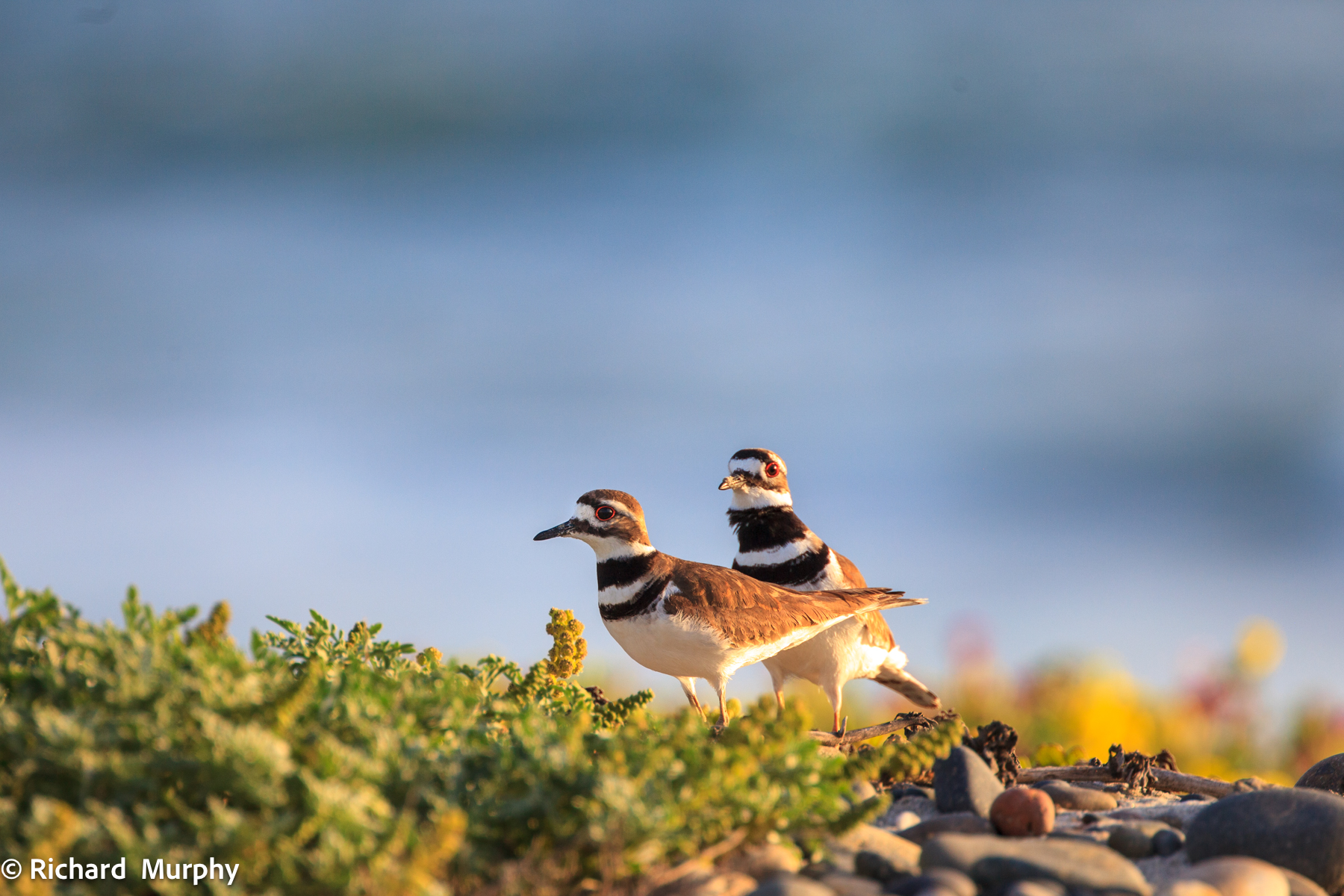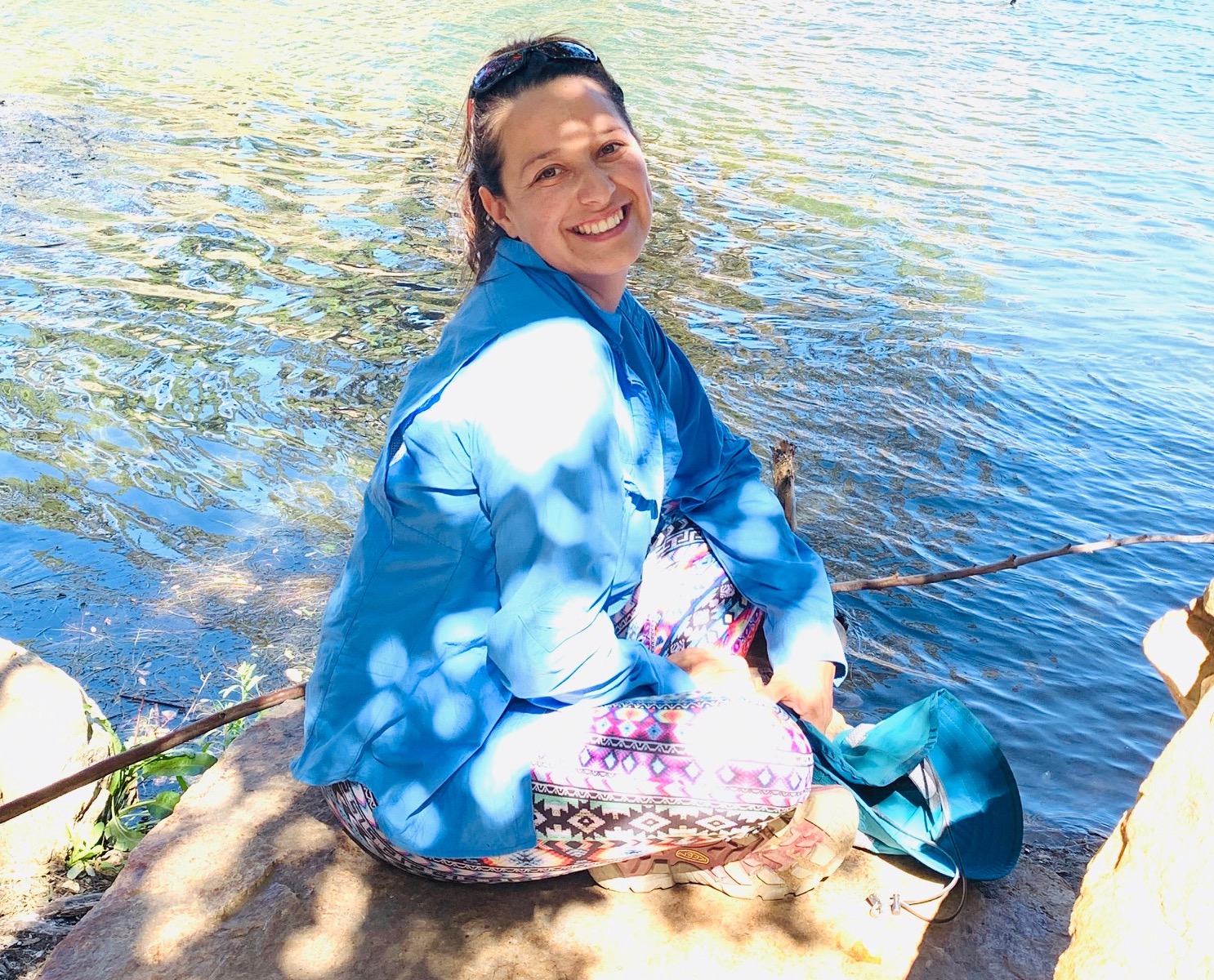
Deer Poop Study
One of the biggest challenges large mammals face in southern California is habitat degradation. Not only do mammals need large areas of untouched land to roam, they also need these areas to be connected. Connectivity of lands is key to species conservation for many reasons, one of which is expanding the gene pool between different populations of a species. As a population adapts to changes within its environment, natural selection will allow the most successful genetic traits to continue to the next generations; ultimately creating a stronger and more resilient species. If these populations are separated, however, it creates less genetic diversity and therefore, a less resilient species.
Despite many recent attempts to connect open spaces in Escondido with wildlife tunnels and land acquisitions, like the recent Save 1000 Acres campaign, there are still many barriers stopping wildlife from moving through open spaces. But one group of researchers have been looking for answers in poop–deer poop to be more specific. Anna Mitelberg and her colleagues from the United States Geological Survey (USGS), Amy Vandergast and Julia Smith, have been collecting samples of fresh deer scat in North County and analyzing their genetic composition to understand the effects human caused barriers have had on the gene pool. “DNA fingerprinting of Southern Mule Deer scat from the MSPA has revealed population genetic structure and low levels of movement and gene flow through several areas of the county… In a continuation of this work, we will assess connectivity, family structure and population structure of southern mule deer in northern San Diego County in both coastal and inland areas. Sampling will be focused within the Multispecies Conservation Plan North County Plan area and within wildlife movement corridors in northeast San Diego County. In these areas, major barriers to movement include urban development, roads and highways (for example Interstate 15, Interstate 5, SR 76, 78 and Palomar Airport Road).”
If you’re interested in participating in the study by collecting samples in our watershed, please email our Conservation Land Manager, Hannah Walchak; [email protected] and enjoy this wonderful video of her explaining how easy it is!




